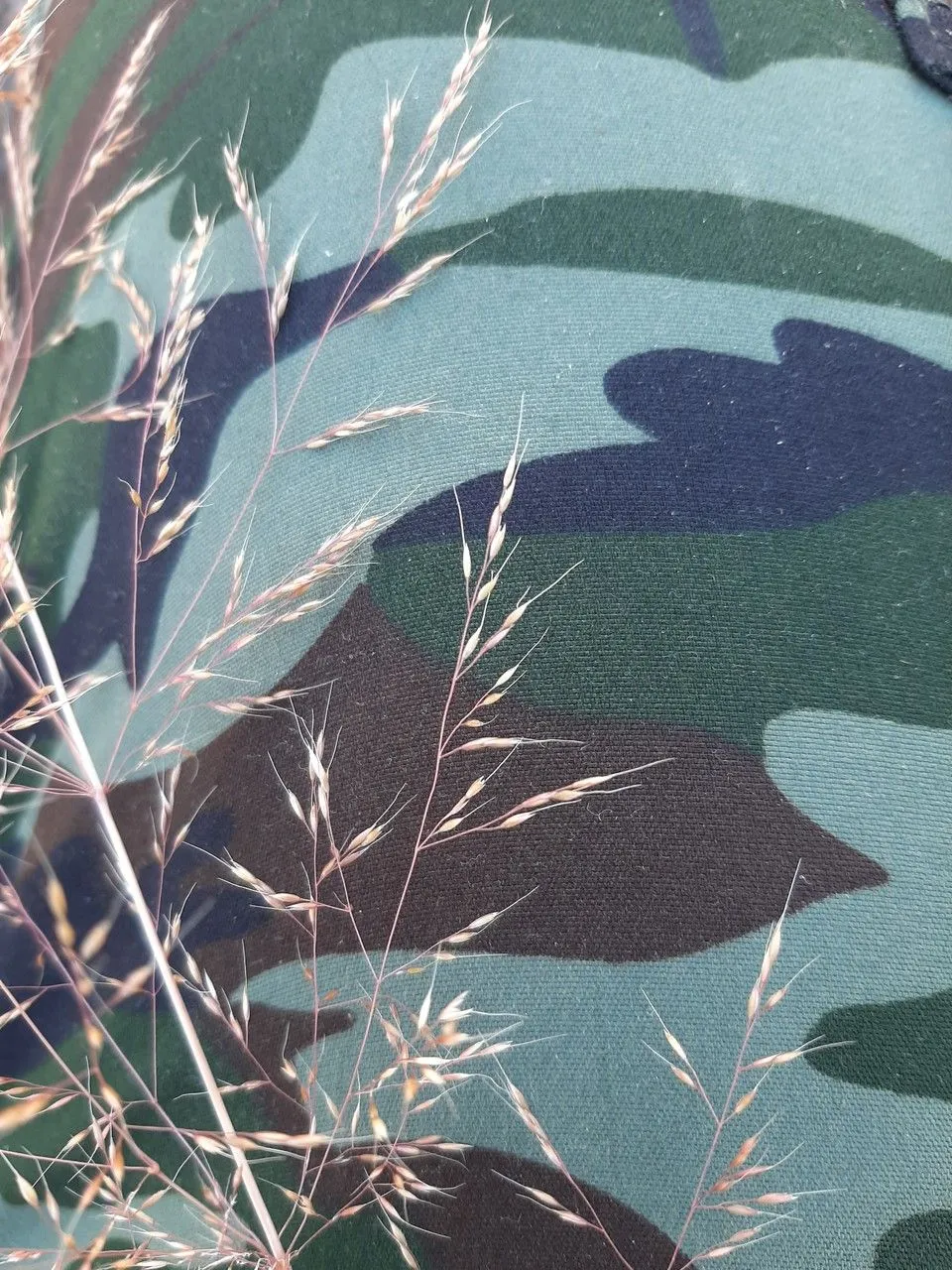
Author: (L.) P.Beauv.
Bibliography: Ess. Agrostogr.: 31 (1812)
Year: 1812
Status: accepted
Rank: species
Genus: Apera
Vegetable: Unknown
Observations: Macaronesia, Europe to Siberia, Medit. to NW. Iran
Loose silky-bent, scientifically known as Apera spica-venti, is an intriguing species within the Poaceae family. This perennial grass is noted for its delicate and fine-textured appearance, characterized by its slender, silky panicles that sway gracefully with the slightest breeze, hence its common name. First described comprehensively in Ess. Agrostogr. in 1812 by the botanist P. Beauv., Apera spica-venti has garnered attention for both its unique beauty and its widespread presence.
The species is ecologically versatile, thriving across a vast range that stretches from the temperate regions of Europe to the harsh climates of Siberia. Its adaptability is further evidenced by its occurrence in diverse landscapes, from the Mediterranean basin to the northwestern reaches of Iran, and even extending to Macaronesia. This geographical spread underscores the plant’s resilience and ability to establish itself in varying soil types and climatic conditions.
Belonging to the Poaceae family, loose silky-bent exhibits typical grassy characteristics but is distinguished by its particularly silky inflorescences. The panicles, often described as loose and airy, contribute to the plant’s ethereal aesthetic. This feature not only makes it a visually appealing plant in natural settings but also aids in its effective seed dispersal.
Its presence across different continents marks Apera spica-venti as a prominent species within its genus, contributing to the biodiversity of the grasslands, open fields, and roadside verges where it commonly grows. The ecological role and the adaptive strategies of loose silky-bent make it a subject of interest for botanists and ecologists alike, illuminating the intricacies of plant distribution and adaptation.
Overall, Apera spica-venti stands out as a significant member of its plant family, not only for its graceful beauty but also for its ecological adaptability and wide-ranging presence.
Deu: acker-windhalm, gewöhnlicher windhalm, windhalm
Dan: langstakket hvene, vindaks
Eng: loose silky-bent, loose silkybent, common wind grass, silky-bent grass, wind grass, loose silky bentgrass, silky bent, common windgrass, loose silky bent, silky bentgrass
Nor: aaker-kjøsa, langjkøsa, rug-kjøsa, vær-ax
Fra: agrostide jouet-du-vent, jouet du vent, agrostide épi-du-vent, agrostis épi-du-vent, jouet-du-vent
Ces: chundelka metlice
Nld: grote windhalm
Swe: åkerkösa, kösa, åkerven
Sme: bealdoávji
Cym: sidanwellt
En: Loose Silky-bent, Loose silkybent, Common wind grass, Silky-bent grass, Wind grass, Loose silky bentgrass, Silky Bent, Common windgrass, Loose silky bent, Silky bentgrass
Cs: Chundelka metlice
Da: Langstakket hvene, Vindaks
Nl: Grote windhalm, Pluimgras
Fr: Agrostide jouet-du-vent, Jouet du vent, Agrostide épi-du-vent, Agrostis épi-du-vent, Jouet-du-vent, Plumette, Agrostis jouet-du-vent, Apéra jouet-du-vent, Apère jouet-du-vent
De: Acker-Windhalm, Gewöhnlicher Windhalm, Windhalm, Gemeiner Windhalm
It: Cappellini dei campi
Se: Bealdoávji
No: Aaker-kjøsa, Langjkøsa, Rug-kjøsa, Vær-ax
Es: Hierba fina
Sv: Åkerkösa, Kösa, Åkerven
Cy: Sidanwellt
Taken May 15, 2002 by Photoflora – Jean-Luc TASSET (©)
Taken Aug 15, 1981 by Photoflora – Jean-Luc TASSET (©)
Taken Jul 7, 2021 by Alexander Baransky (cc-by-sa)
Taken Aug 20, 2022 by Andrzej Konstantynowicz (cc-by-sa)
Taken Jun 24, 2009 by Tela Botanica − Mathieu MENAND (cc-by-sa)
Taken Aug 20, 2022 by Andrzej Konstantynowicz (cc-by-sa)
Taken Jul 7, 2021 by Alexander Baransky (cc-by-sa)
Taken Jun 24, 2009 by Tela Botanica − Mathieu MENAND (cc-by-sa)
Taken Jun 24, 2009 by Tela Botanica − Mathieu MENAND (cc-by-sa)
Taken Jun 24, 2009 by Tela Botanica − Mathieu MENAND (cc-by-sa)
Taken Sep 5, 2022 by Michal Svit (cc-by-sa)
Taken Jul 10, 2019 by eddy loubry (cc-by-sa)
Taken Aug 15, 2006 by Photoflora – Benoit BOCK (©)
Taken Aug 15, 2006 by Photoflora – Benoit BOCK (©)
Taken Aug 15, 2006 by Photoflora – Benoit BOCK (©)
Taken Jul 5, 2020 by Aries Aries (cc-by-sa)
Taken Jun 13, 2022 by Stoegerer Franz (cc-by-sa)
Taken Jun 13, 2022 by Stoegerer Franz (cc-by-sa)
Taken Jun 19, 2022 by Daniel Bourget (cc-by-sa)
Taken May 15, 2015 by Photoflora – Benoit BOCK (©)
Taken Aug 15, 2006 by Photoflora – Bernard TILLY (©)
Taken Jul 15, 2016 by Photoflora – Benoit BOCK (©)
Taken Jan 1, 1970 by Photoflora – L’Abbé COSTE (©)
Taken Jul 15, 2016 by Photoflora – Benoit BOCK (©)
Taken Jun 28, 2012 by Tela Botanica − Vincent JOUHET (cc-by-sa)
Family: Myrtaceae Author: (F.Muell.) K.D.Hill & L.A.S.Johnson Bibliography: Telopea 6: 402 (1995) Year: 1995 Status:…
Family: Rubiaceae Author: Pierre ex A.Froehner Bibliography: Notizbl. Bot. Gart. Berlin-Dahlem 1: 237 (1897) Year:…
Family: Sapindaceae Author: Koidz. Bibliography: J. Coll. Sci. Imp. Univ. Tokyo 32(1): 38 (1911) Year:…
Family: Asteraceae Author: A.Gray Bibliography: Pacif. Railr. Rep.: 107 (1857) Year: 1857 Status: accepted Rank:…
Family: Fabaceae Author: Medik. Bibliography: Vorles. Churpfälz. Phys.-Ökon. Ges. 2: 398 (1787) Year: 1787 Status:…
Family: Aspleniaceae Author: (Cav.) Alston Bibliography: Bull. Misc. Inform. Kew 1932: 309 (1932) Year: 1932…